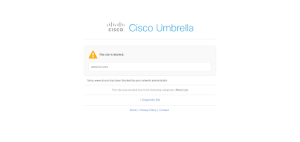Modified Dress Code’s Effect on Later Generations

Countless students have expressed their opinion about the school dress code, but how do we address this argument?
September 29, 2021
Students may not agree with the dress code, but if it were changed to be less conservative, how would it affect future Coyotes?
Many students voice frustration about the school’s dress code, particularly the girls. Teens across the nation argue that clothing allows them to express themselves, but how can we appropriately dress in a school setting?
“I think in society, for a very long time, probably starting in the ‘60s and beyond, there’s always a push to the line. Whatever that line is, people push to the line and then try to cross (it). And (then) we redraw the line. So how far do we keep redrawing the line?” said Mrs. Merry.
Teachers and administrators who share an opinion with Mrs. Merry believe that DCIS’ dress code should stay in place. Trends regularly influence students to advocate for a dress code change, but once a trend dies out, that type of clothing quickly disappears.
Mrs. Vander-Laan, one of the assistant principals at DCIS, acknowledges that the dress code is likely to continue down a less conservative path.
“I think that we’re going to continue to see a trend that’s going to continue to get lesser and lesser with the strict rules that we have to follow,” Vander-Laan said.
She agrees that if we change our dress code to be less conservative, appropriate attire will continue down an unacceptable path.
Is there a way to satisfy current generations, without lowering the bar for the future?
Mrs. Merry also sees a positive and negative side to adopting school uniforms. If a dress code isn’t the answer, maybe uniforms are?
“There’s a positive to uniforms, but also a negative. I think it’s important at your age to be able to express your personality to a certain degree on a school campus. When you take away that right, then it kind of makes everybody look exactly the same, and you don’t get to be who you are,” said Mrs. Merry.
It’s important to allow students to express themselves but there is a certain line that shouldn’t be crossed. Uniforms would allow clothing choices to be much simpler in the morning. It may prevent bullying, so students are not judged by their family’s wealth.
A dress code is always an easy target for criticism. But schools need to work toward compromise so students and families don’t find the dress code unreasonable. Is there a balance we can find to allow individuals to express themselves while still addressing decency for future generations?





